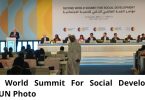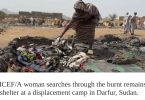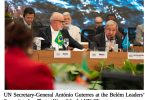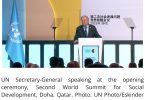Delivering the keynote intervention at Monday’s July 28 high-level conference on “Capping Climate Change for the SDGs,” H.E Dr. Nabhit Kapur, Permanent Observer of the Pan-African Intergovernmental Agency for Water and Sanitation for Africa (WSA) to the UN, called attention to the compounding effects of climate change on agriculture, desertification, sea level rise, and extreme weather across the continent. It is a warning that access to water and sanitation is becoming increasingly elusive for millions. “The climate emergency is not tomorrow’s problem,” H.E Dr. Kapur said. “It is today’s daily reality, especially for African communities on the margins of global investment and attention.”
At the opening of the UN High-Level Climate Forum on July 28, a warning was issued regarding the growing threats of global warming. The event, titled “Post-2025 High-Level Political Forum,” was co-organized by the Permanent Mission of Equatorial Guinea and the Pan-African Water and Sanitation Agency (WSA). Its main theme was “Technological Development and Climate Change for the SDGs.”
The conference aimed to explore the links between climate adaptation and technological innovation in preparation for the post-2025 High-Level Political Forum (HLPF). Participants included science advisors, UN representatives, youth leaders, and climate governance experts, all gathered around the theme: “Technology Development and Climate Change for the SDGs.”
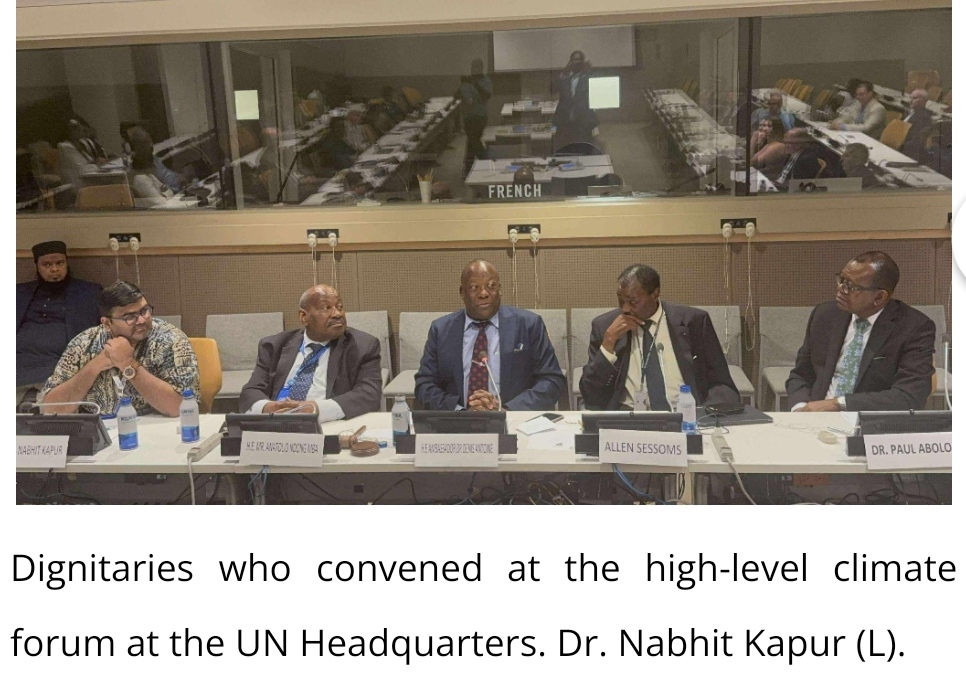
An Uneven Climate Burden
H.E Dr. Kapur’s intervention set a direct and urgent tone. Framing his remarks around SDG 6 (Clean Water and Sanitation) and SDG 13 (Climate Action), he described how rising temperatures, volatile rainfall patterns, saltwater intrusion, and land degradation are jeopardizing access to clean water and disrupting food systems in Sub-Saharan Africa.
In regions such as the Sahel and the Horn of Africa, drought and desertification have intensified agricultural collapse. At the same time, coastal cities from Lagos to Alexandria now face cyclical flooding and sea encroachment, undermining both water safety and urban infrastructure.
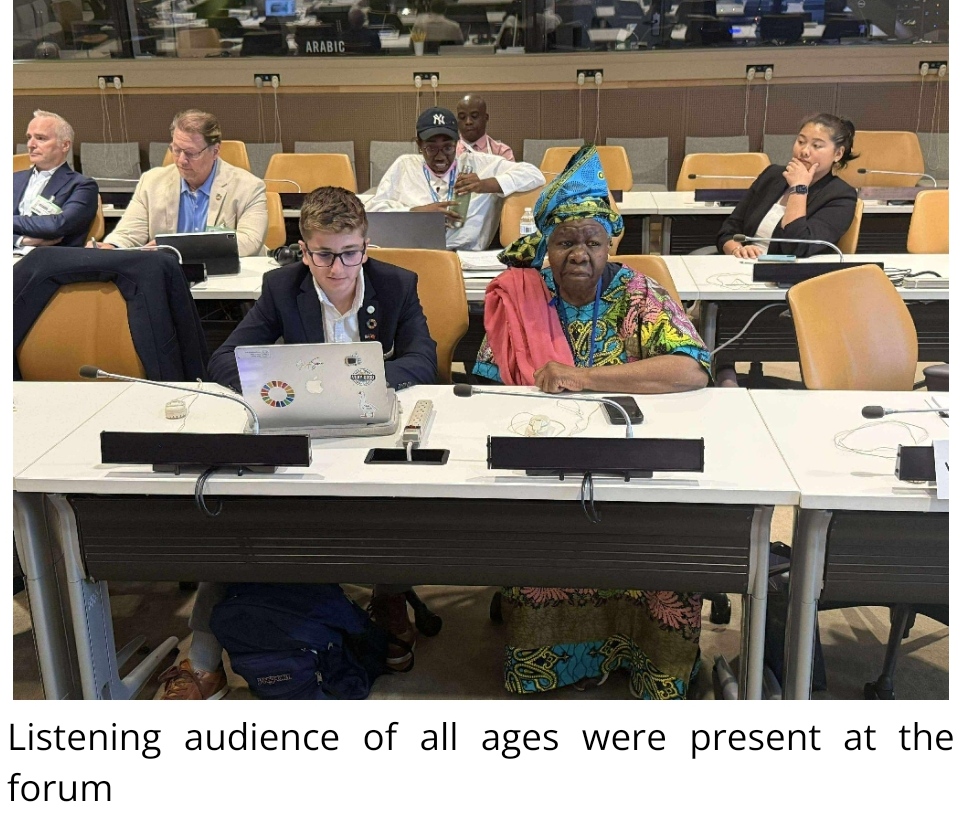
“What we are witnessing is not just environmental,” he said. “It is structural erosion of rights, of dignity, of future prospects. The right to water and sanitation is not a policy preference. It is a matter of justice.”
H.E Dr. Kapur emphasized that without a fundamental shift in how water-related technologies are financed, deployed, and governed, the continent risks not only falling short of SDG targets but reversing decades of developmental progress.
Far from a fatalistic analysis, H.E Dr. Kapur proposed a roadmap for climate adaptation through inclusive technological development. He identified four areas where strategic investment could have transformative impacts:
- Localized innovation in climate-resilient infrastructure, especially for decentralized water systems and sustainable irrigation.
- Greater financing mechanisms to scale proven technologies across rural and peri-urban regions.
- Public-private partnerships that prioritize long-term capacity-building over short-term donor cycles.
- South-South cooperation to ensure Africa becomes not just a beneficiary but an architect of climate resilience.
“Africa’s future depends not on handouts, but on meaningful access to science, to innovation, to scalable solutions designed with local knowledge in mind,” H.E Dr. Kapur said.
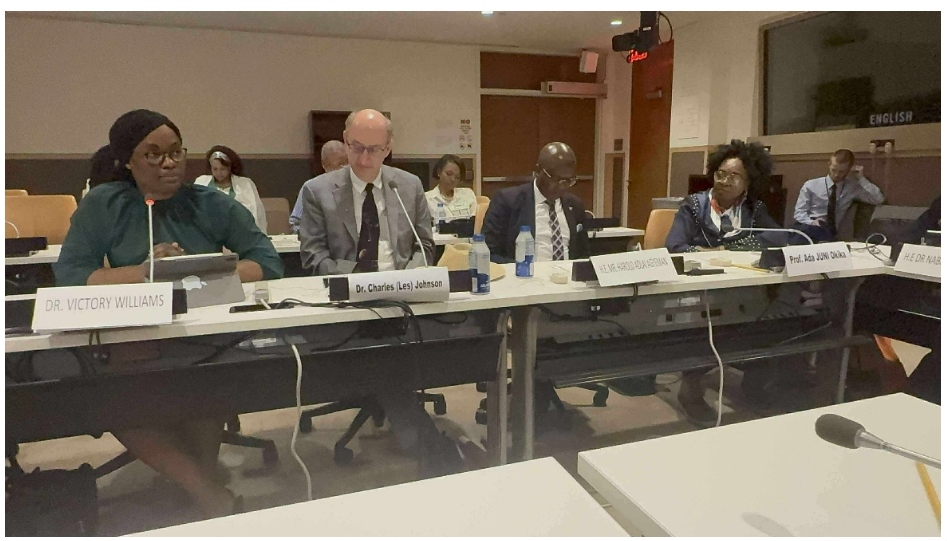
He urged donors, multilaterals, and private actors to rethink technology transfer models, warning that mere pilot projects will not suffice in the face of growing hydro-climatic shocks.
A Forum of Unconventional Ideas
The gravity of H.E Dr. Kapur’s message resonated across subsequent sessions, many of which explored high-concept solutions that could redefine how climate adaptation is approached globally.
In a keynote scientific presentation, Dr. Paul Abolo and Dr. Allen Sessoms introduced a controversial but technically plausible concept: deploying a planetary sunshade near Earth’s first Lagrange point (L1) to reduce solar radiation and stabilize global temperatures. While still theoretical, the proposal referred to as Solar Radiation Modification (SRM) was presented as a possible buffer to slow warming while adaptation measures take root on the ground.
“SRM is not a silver bullet,” Dr. Abolo cautioned. “But neither is inaction. The future of development particularly in vulnerable regions may depend on our willingness to explore interventions at a planetary scale.”
The first session of the forum examined Earth system science and the current limitations of traditional mitigation strategies. Dr. Allen Sessoms, former White House science advisor, presented a compelling case for time-sensitive climate solutions, supported by climate physicist Dr. Alex Severinsky, who detailed the statistical trajectory of global temperature rise.
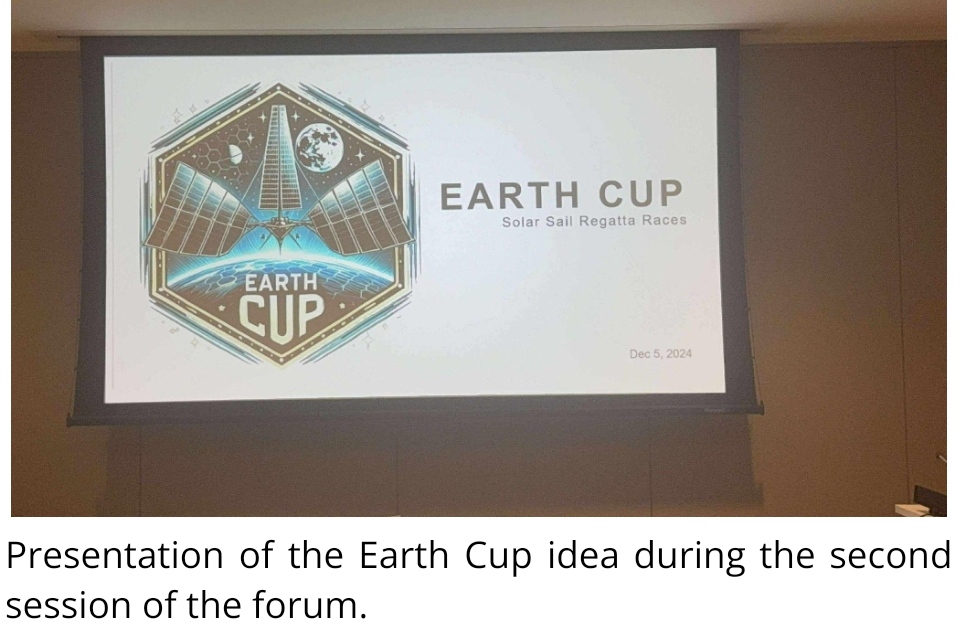
Morgan Goodwin, an expert on global innovation platforms, introduced a “climate geoengineering dashboard” showcasing ongoing research projects worldwide. Several speakers emphasized that any technological leap must include mechanisms for fair governance, especially with regard to representation from African nations.
The second session delved deeper into SRM and introduced the “Earth Cup,” a proposed international solar-sailing competition aimed at developing components for large-scale orbital infrastructure. Presenters, including Prof. Christer Fuglesang and Dr. Chantal Cappelletti, outlined timelines for pilot and deployment phases, suggesting the effort could catalyze public awareness and global cooperation.
In the third session, participants explored the fiscal and institutional pathways for climate and geoengineering innovation. Dr. Christer Persson and Dr. Michael McDonald drew parallels between planetary-scale climate solutions and the Manhattan Project, cautioning against delay but underscoring the importance of inclusive governance.
SDG Review and Youth Perspectives
During the review of SDGs under the 2025 High-Level Political Forum, Dr. Victory Williams, a Nigerian youth representative, presented case data on climate-induced public health challenges, flood-driven cholera outbreaks, drought-linked food shortages, and stress-related mental health disorders.
Her testimony offered a granular lens on H.E Dr. Kapur’s themes, linking planetary systems to household experiences. “In our communities, climate change is a daily negotiation between survival and adaptation,” she said.
Next Steps and a Call to Action
In the concluding session, Ambassador Anatolio Ndong Mba of Equatorial Guinea joined H.E Dr. Kapur in calling for a coordinated global strategy that links frontier technology, South-South cooperation, and resource localization.
The July 28 forum underscored the growing appetite for bold, even unconventional, climate strategies. Yet it also made clear that without grounded, immediate interventions, particularly in regions already living the future that science warns of, these strategies risk becoming symbols of detachment rather than solutions for justice.
H.E Dr. Kapur’s intervention was a reminder that the path to sustainability must begin with access to water, to knowledge, and to tools that work at the speed of the crisis.
For the millions across Africa navigating a warming world, that access may make the difference between adaptation and collapse.



